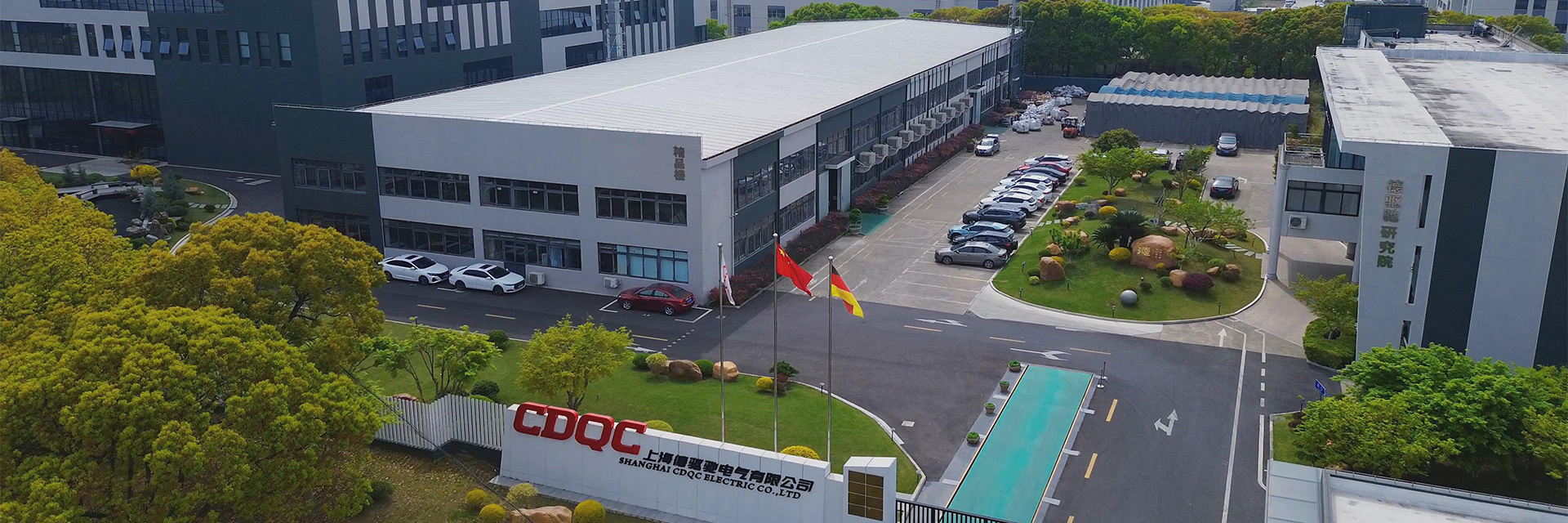The performance and efficiency of a permanent magnet synchronous motor are affected by a variety of factors
Published Time:
2022-07-28
Author:
Author
Source:
Cloud Design
Summary
Permanent Magnet Performance The material, remanence, coercivity, and other performance parameters of permanent magnets are crucial to motor performance. For example, high-performance neodymium iron boron permanent magnets have high remanence and coercivity, which can generate stronger magnetic fields, improving the motor's torque and power density.
Winding Parameters The number of turns, wire diameter, and winding configuration affect the motor's inductance, resistance, and magnetomotive force distribution. Rational design of winding parameters can optimize the motor's electromagnetic performance, reduce copper losses, and improve efficiency.
Air Gap Size The air gap is the gap between the stator and rotor in the motor. The air gap size affects the motor's magnetic field distribution and magnetic resistance. Too large an air gap increases magnetic resistance, increases excitation current, and reduces the power factor; too small an air gap can easily cause friction between the stator and rotor, and increase assembly difficulty.
Recommended Reading
Glass edge grinding technology case
2025-05-21
2025-05-21
Printing industry case studies
2025-05-21







